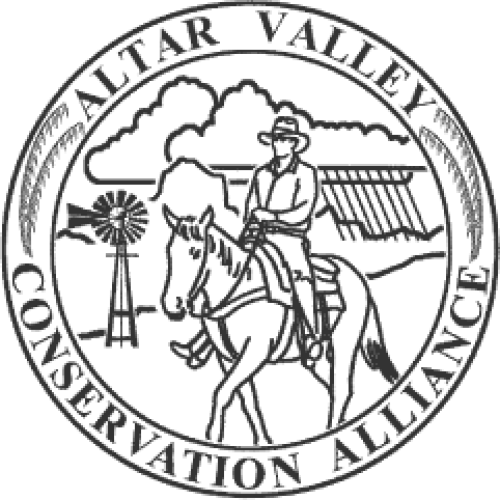ABSTRACT
Dendroecological, documentary, and ethnoecological evidence were combined to provide an integrated understanding of past natural and cultural fires in the Southwest Borderlands. Fire frequency for the desert grasslands was inferred from synchronous intercanyon fire events. Mean fire intervals range between 4-8 years in canyon pine-oak forests, 4-9 years in the intervening desert grasslands, and 5-9 years in the mixed-conifer forests. Riparian canyon pine-oak forests were important corridors for fire spread between the desert grasslands and higher-elevation forests. The decline of post- settlement (>1870s) fires typical of most forests in U.S., is not evident south ofthe border in Mexico. Documentary evidence reveals the Apache had detailed knowledge of fire, that burning practices were controlled and limited, and ecosystem enhancement through intentional burning was not suggested. However, the common exception was burning practiced during wartime periods, principally by the Apache but also by the Spanish, Mexicans, and later Americans. Fire reconstructions indicate that wartime-period fires were significantly more frequent than peacetime periods at several canyon-rancheria sites. [AUTHOR ABSTRACT]

Reports and other documents about Sonoran Desert ecology, management, and conservation. Curated by the not-for-profit Altar Valley Conservation Alliance (AVCA) located outside Tucson, AZ.